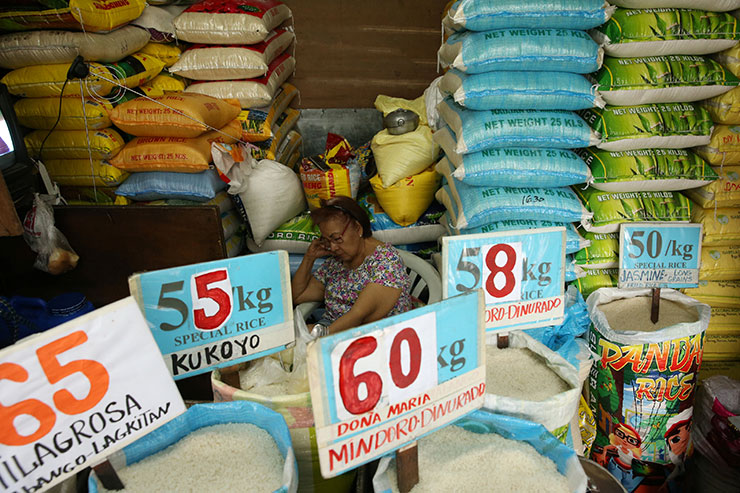By Sonny Africa
And is cheap rice from abroad even unlimited and forever?
Unable to compete with cheaper subsidized imported rice from abroad, some 3.8 million rice farmers and farm workers nationwide will see their already low incomes fall even more. Hundreds of thousands of marginal rice farmers are at risk of being displaced entirely.
The country’s food security will be eroded. Trader preference for cheaper rice from abroad will drive many rice farms to bankruptcy and worsen land and crop conversion. Domestic rice production will fall even further behind population growth and make us even more dependent on imported supply sources.
Will the mythical global rice market always give us as much cheap rice as we want?
Some 94% of global rice production is actually consumed locally. This means that just around 6%, or 40 million metric tons, enters global rice markets which all the world’s rice importing countries will be bidding against each other for.
That thin global rice market can get even thinner if major rice exporters decide to stop exporting rice as Thailand, Vietnam and India did in 2008 to prioritize food for their own citizens. The Philippines is also competing against countries like China and Malaysia which can easily outbid us when they buy on global markets.
And are we forgetting that we pay in dollars? The peso has been falling against the US dollar since 2013 and will likely keep falling as our trade and current account deficits widen. This is a creeping rice in imported rice prices.
Local rice production is going to be squeezed. At current global rice market prices, imported rice can potentially be sold as low as Php33 per kilo versus prevailing local prices of Php40-44 per kilo. This is enough incentive for ever profit-seeking traders to choose to import rather than buy locally.
Rice farmers are doubly beleaguered. Their production costs have risen from the new and added oil excise taxes of TRAIN. Now they face lower buying prices for their palay under rice tariffication.
Poor consumers are also at risk of losing the truly affordable Php27 per kilo NFA rice. We expect the government and so-called economic managers to argue that rice prices should be determined by the free market which is magically making rice cheaper — which means that the subsidized NFA rice will likely also be lost.
Short-sighted free market thinkers will argue that this will drive local rice farmers to produce more efficently and become more competitive. The rice tariffication law for instance promises Php10 billion annually to develop the local rice industry.
In the real world, that’s too little and too late. Rice farmers shouldn’t be blackmailed that they won’t be supported unless they agree to liberalization.
Php10 billion is nothing compared to the estimated Php61 billion needed annually to truly develop domestic rice farming to be competitive, as by House Bill 8512 or the Rice Industry Development Act proposed by the Makabayan party-list bloc. It’s also much less than the some US$1.1 billion annually that Vietnam supports its rice industry with, the US$4.4 billion of Thailand, US$12 billion of India and the US$16 of Japan.
And it’s worth even less in being given now as the domestic rice market has been opened up. Much more should have been given for much longer and, especially, long before even considering opening up to cheap rice imports from abroad.
Rice traders are the greatest beneficiaries of rice tariffication. Cheaper rice from abroad will let them increase their mark-ups on the rice they sell. They were already smuggling millions of tons in rice under the regime of quantitative restrictions — liberalization will let them smuggle in even more.
The government shouldn’t pit consumers against farmers who have a common interest in a sufficient supply of affordable domestic rice. Their interests converge in a domestic rice industry that is protected and supported by the government to ensure rice self-sufficiency.

